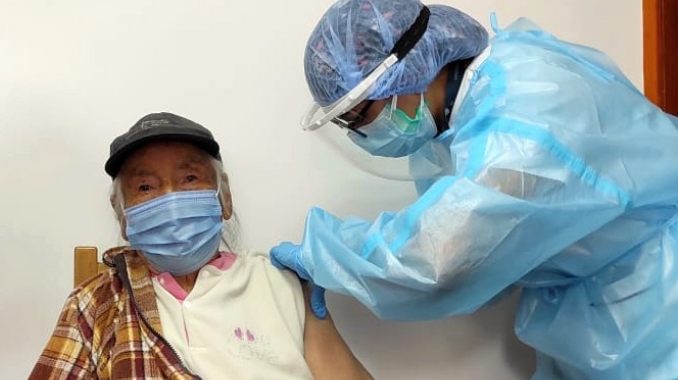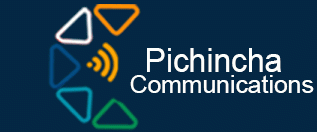
Only 26.3% of older adults would not yet receive the second dose of the Covid-19 vaccine. Which shows that this segment of the population is the most protected against the virus.
Official national figures show that 73.7% of older adults have received both doses, until the end of July.
Coverage allows this age group considered to be at higher risk to have a lower mortality rate and at the same time the number of infections with serious morbidity, which requires hospitalization and / or intensive care, to decrease.
Guido Jaramillo, 83 years old; and his wife, 78, are aware that if they had not received the two doses of Sinovac, they would not have overcome the disease. They are kept in isolation at home to overcome the virus that they do not know where they acquired it.
Although the previous government had to immunize people 65 years and older in phase 1, the goal was not met and with the new administration the inoculation continues and the remaining 26.3% is still missing.
The provinces with the most aging population, such as Pichincha, Manabí and Azuay, among others, already have a coverage greater than 72%, a percentage with which community immunity would be achieved.
But that should not be an excuse to stop taking care of yourself. Well, there are citizens like Silveria, 74, who completed her vaccination with Sinovac on May 4, but her granddaughter transmitted the virus to him on July 18.
According to official statistics, Guayas is the province with more than 300,000 older adults and whose vaccination process until July 31 reached 65.5%.
Along with Guayas are 11 provinces with percentages less than 67% immunized with two doses. For example, Cañar who seeks to stop the Delta variant.
Orellana ranks first, with fewer fully immunized older adults. In this area, 51 out of every 100 older adults are vaccinated.
The Government started the Phoenix plan, in coordination with the Armed Forces to reach remote areas like this one.
The Government’s challenges at this time is to protect the population, aged 16 to 64, who is more contagious in the country, as well as to meet the goal of 9 million inoculated with the two doses until August 31.
In this sense, the application of first doses to those between 50 and 64 years old already exceeds 72% in most of the provinces, with the exception of Sucumbíos, Morona Santiago, Pastaza and Chimborazo, with high rurality.
The inoculation with the second dose in this age group still has a national average of 29% until July, so it is still necessary to be fully immunized.
With the application of second doses of Sinovac, Pfizer and AstraZeneca in August, they will seek to overcome the percentage.
The case of Galapagos is different, having almost 98% complete inoculates.
Far below the islands is Loja and Azuay with about 47%, where the Delta variant is also fought. Another 21 provinces are with percentages lower than this.
For the World Health Organization (WHO) it is important to know that the first dose exposes the immune system to the antigen, that is, to the protein that gives rise to the production of antibodies against the disease. Meanwhile, the second boosts the immune response so that the body remembers how to fight the virus.
The WHO also warned that the anticipation or postponement of second doses outside the scheduling date could modify the protection. It is advisable to wait 28 days for the second dose of Pfizer and Sinovac. For AstraZeneca, 84 days.
Regarding the youngest between 16 and 49 years old, only eight out of every 100 were inoculated with both doses, until July. Galapagos is the exception, as it is close to 100% coverage.
In this age range, the provinces of Chimborazo, Sucumbíos, Morona Santiago, Pastaza, Cañar, Esmeraldas and Santo Domingo register less than 60%, with first doses.
In this group, it is more evident that immunization with the second dose proceeds at different rates.
In Loja, Zamora, Azuay, Bolívar and Pichincha they have between 11 and 13% vaccinated and Santo Domingo, Esmeraldas and Tungurahua, 5%.

Be the first to comment